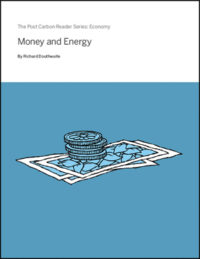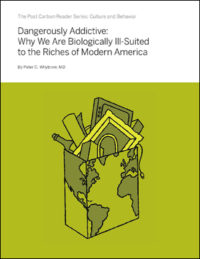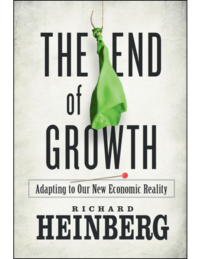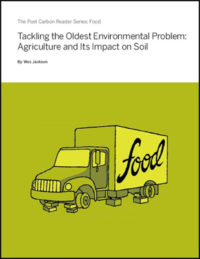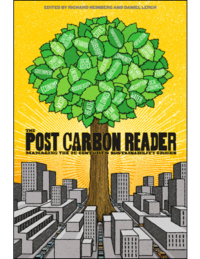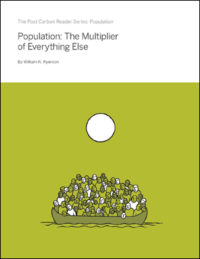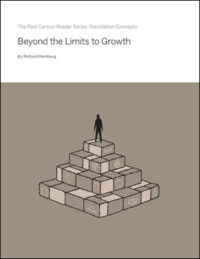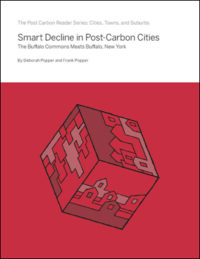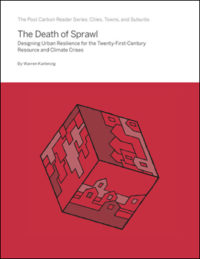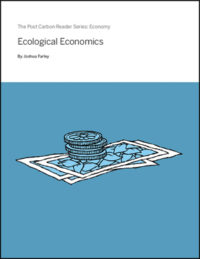
Ecological Economics
Many people would agree that the central desirable end of economic activity is a high quality of life for this and future generations. Conventional economists argue that humans are insatiable, and therefore economics should focus on endless economic growth and ever-increasing consumption. Considerable evidence, however, suggests that humans are in fact satiable&emdash;there is a point […]

